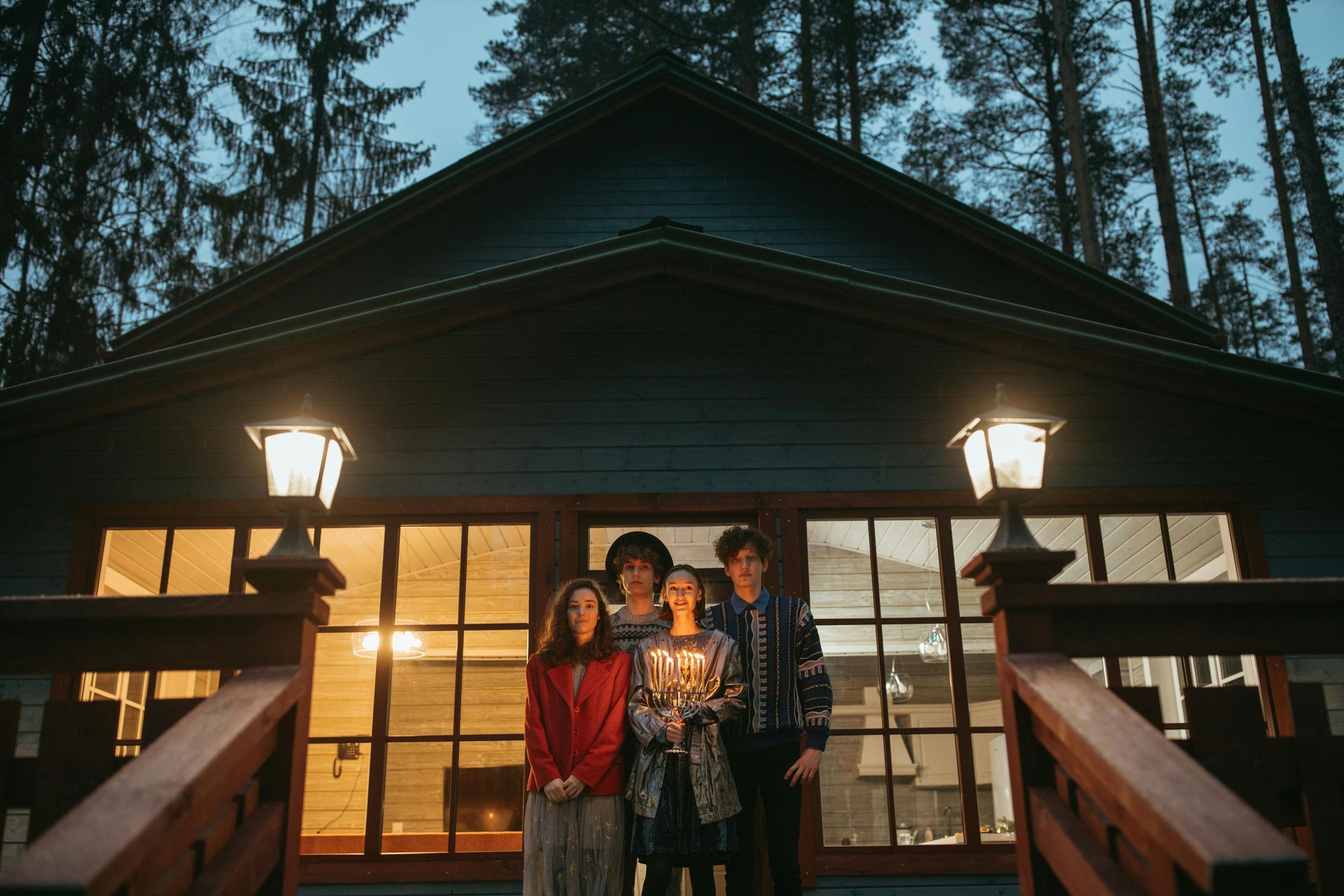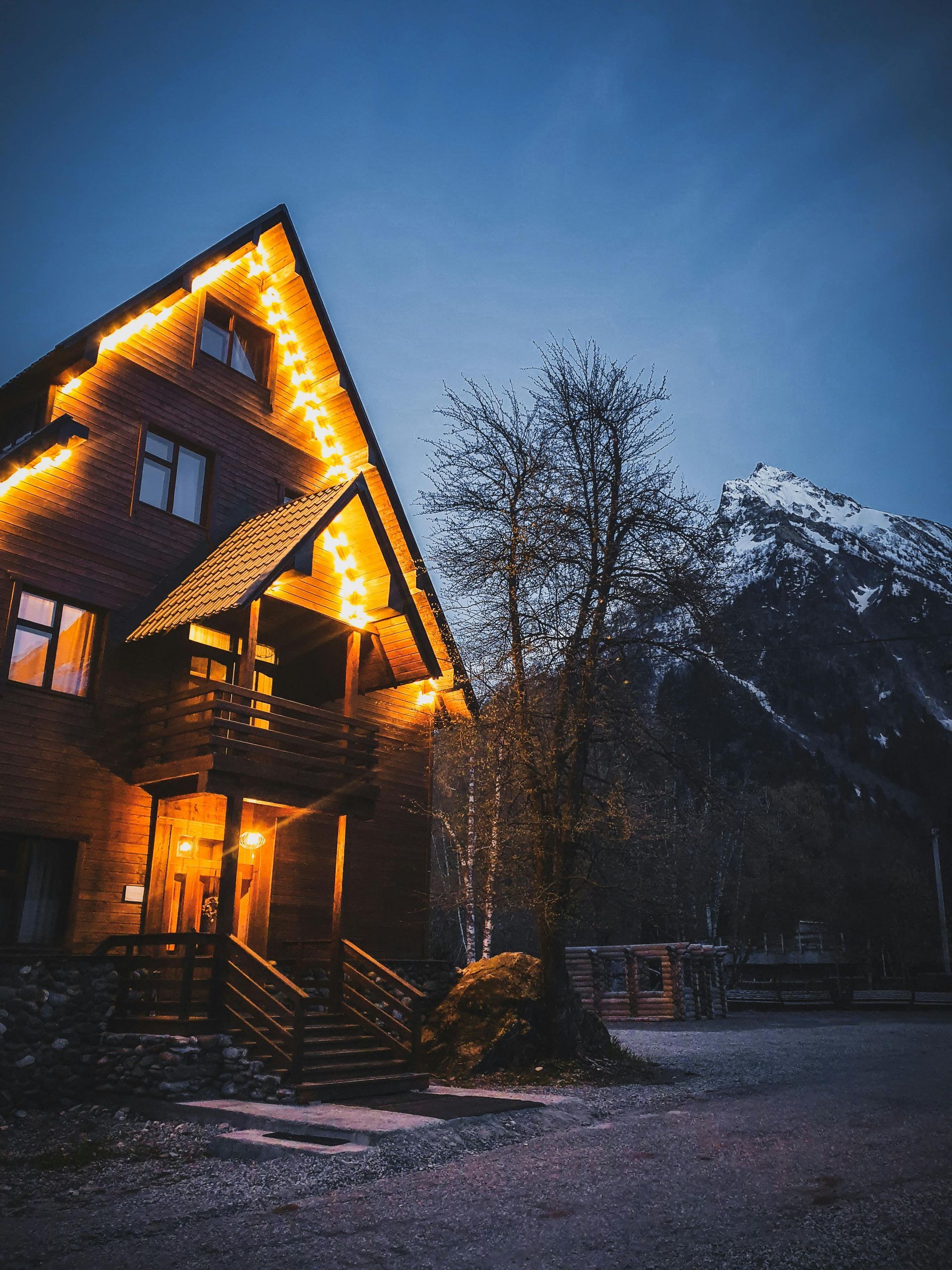How Your Roof System Impacts Year-Round Energy Bills
Is Your Attic Costing You Money? How Your Roof System Impacts Year-Round Energy Bills
As any Central Texan knows, the arrival of your summer electricity bill can be a truly shocking moment. We often blame our air conditioning units for working overtime, but what if the real culprit behind your high energy costs is the space right above your head?
Your roof and attic aren’t separate parts of your house; they are a single, integrated system that acts as the number one regulator of your home's temperature. When this system is inefficient, your HVAC is forced into a losing battle against the elements, and your wallet pays the price.
At Graduate Contracting, we want to help you understand how this system works and how making it more efficient can lead to significant savings, season after season.
The Summer Problem: The "Radiant Oven" Above Your Head
Think about your attic during a blazing Texas afternoon in August. The sun beats down on your roof, transferring an immense amount of thermal energy. A poorly performing attic can easily reach temperatures of 150°F or higher, turning it into a giant "radiant oven" sitting directly on top of your living space.
This intense heat radiates down through your ceiling, forcing your A/C to run nonstop just to maintain a comfortable temperature below. It’s an expensive, inefficient cycle.
The Two Keys to an Energy-Efficient Attic System
To combat this, your attic needs to be able to do two things perfectly: resist heat transfer and get rid of the heat that does get in. This is accomplished with two key components.
1. Insulation: Your Home's Thermal Barrier
Insulation's job is to slow down and resist the transfer of heat. Think of it like the insulation in a high-quality cooler—it keeps the heat out during the summer and keeps the warm air in during the winter.
- How to Check Yours: Take a safe peek into your attic. Can you clearly see the tops of the wooden ceiling joists? If so, you almost certainly don't have enough insulation. For our climate zone, the Department of Energy recommends insulation levels between R-30 and R-60 to be effective.
2. Ventilation: Giving Hot Air an Escape Route
Insulation can only slow heat down; it can't stop it completely. Ventilation is what gives that trapped, super-heated air an escape route. A properly ventilated attic works on a simple principle:
- Cool air is drawn in through soffit vents (the vents under the eaves of your roof).
- This cooler air pushes the hot air up and out through exhaust vents (like ridge vents at the peak of your roof).
This creates a constant, passive airflow that prevents your attic from ever becoming that stagnant, 150-degree oven. Common problems we see are soffit vents blocked by insulation or painted over, or an insufficient number of exhaust vents for the size of the attic.
How Your Roof's Condition Ties It All Together
The health of your roof itself is the final piece of the puzzle.
- Roof Condition: A roof with deteriorating, dark shingles absorbs more heat. Furthermore, any leak, even a minor one, that allows moisture into your attic can compress your insulation and drastically reduce its effectiveness (its R-value).
- Cool Roofing: Modern shingles with reflective granules (often called "cool roof" shingles) can reflect a significant amount of solar radiation before it ever enters your attic, lowering the initial heat load on the entire system.
Stop Paying to Air-Condition the Outdoors
A healthy roof, proper ventilation, and sufficient insulation all work together to create a system that keeps you more comfortable while saving you money. The benefits are clear:
- Lower monthly energy bills.
- A more comfortable and consistent indoor temperature.
- Longer lifespan for your HVAC unit, as it's no longer overworked.
If you’re tired of sky-high energy bills and want to know if your roof and attic are performing as they should, the experts at Graduate Contracting can help.
Contact us today to schedule a FREE, comprehensive roof and attic inspection. We'll assess your insulation, check your ventilation, and ensure your roof is protecting your home and your budget.


